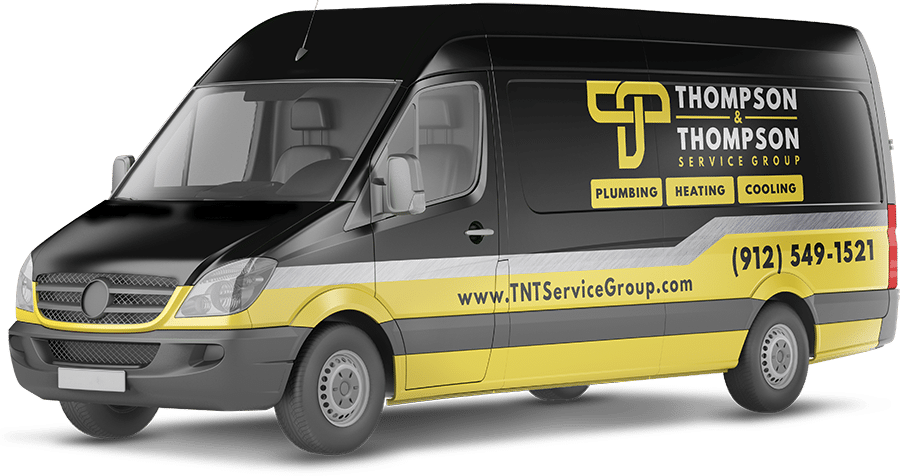Wastewater drainage is a type of system that communities across the country use to make life more sanitary and healthy. It starts with the plumbing fixtures that can be found in the homes, schools, workplaces- any premises with plumbing- that we inhabit every day. Fixtures are more commonly known as toilets, sinks, bathtubs, and showers. Any of these fixtures can have clogged drains and can cause problems for you and others. The real action happens behind the scenes, in the drains that carry wastewater away to larger facilities known as wastewater treatment plants. Secondary drain lines coming out of our homes connect to main sewer lines to take wastewater away (via gravity) to a local municipal water treatment plants where it goes through four stages of purification on its way back into the environment.
What Causes Backups in Sewers or Clogged Drains?
One of the more common reasons for a drainage issue is user error. To put things simply, people try to get rid of material using wastewater that has no business in a sewer system. The outcome can be predictably unpleasant. Toilets should be used for their designed purpose and not as a magic garbage disposal. Solid objects such as diapers or packaging should not be flushed.
Speaking of garbage disposals, expecting your kitchen sink garbage disposal as a bulk refuse processor is a really bad idea, especially when the stuff going down is something like animal bone, fat, or grease. Think about how a substance like animal fat behaves at room temperature, then imagine in sitting in your home’s plumbing. Like too much cholesterol in an artery, greases and fats can form clogs or make them worse. The problem has become so common now that the largest of these clogs in city sewers are known as “fatbergs.”
Even if you are diligent in keeping your drains free from gobs of non-soluble material, there are other clog hazards outside. Roots from the trees in your yard can make their way to pipes, and over time can cause major damage. Another reason for backups in drainage is a collapsed or broken line.
Other Factors That Bring About Drainage Backups
Even if you are diligent in keeping your drains free from gobs of non-soluble material, there are other clog hazards outside. Roots from the trees in your yard can make their way to pipes, and over time can cause major damage. Another reason for backups in drainage is a collapsed or broken line.
What Happens to Wastewater?
When everyone’s drainage and sewage systems are running correctly, wastewater goes through pretreatment, primary, secondary andClogged drains
sludge treatment. This happens at a central facility usually located at a low point near a natural river or stream. During the pretreatment phase, solid waste debris is removed from water using screens and rakes. After that, the second phase of the process begins as heavier pollutants in the wastewater sinks to the bottom of special silo-shaped containers and removed. At the same time, oils and other chemicals that are hydrophobic (water repellent) are skimmed off the top. In secondary treatment, aeration and agitation occur, and special chemicals and aerobic microbes are introduced. This further separates a “sludge” from the treated water. The sludge is separated and dewatered and is disposed of, most of is ending up in landfills or incinerated. The liquid water that remains is chemically treated to regulatory standards and returned to the environment for reuse.
It’s helpful to think about where your wastewater ends up when you decide what to put down a drain! It’s always advisable to refrain from pouring chemicals like paint or pesticides down a household drain.
Clogged Drain?
Got a wastewater problem like a clogged drain that just won’t seem to unclog? Does it keep getting clogged? Call Thompson and Thompson for an evaluation of the problem and we’ll recommend the best possible remedy.
We hope you found this article helpful.
If you enjoyed this article, please take the time to share it on any of these Social Media networks. Thank you!





